In this lecture we will:
- Learn some key time series concepts and features
- Get to see some of the example time series that we'll use on the course
- Understand the types of analysis that we want to do, and why
- Learn to avoid some common mistakes
In this lecture we will:
“With one dimension marching along to the regular rhythm of seconds, minutes, hours, days, weeks, months, years, centuries, or millennia, the natural ordering of the time scale gives this design a strength and efficiency of interpretation found in no other graphic arrangement.”
Edward R. TufteThe Visual Display of Quantitative Informationp. 28
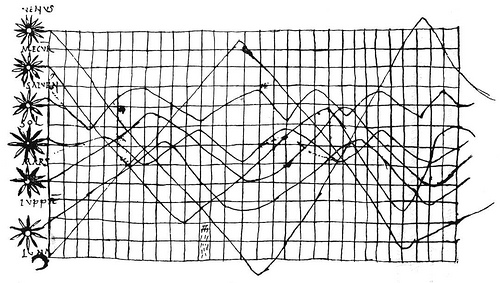
Tenth or eleventh century time series showing the position of the planets with time.http://euclid.psych.yorku.ca/SCS/Gallery/milestone/sec2.html

Diagram showing the distance of the planets to the earth in 1732, also showing a complete lunar eclipse and a partial solar eclipse in that yearNicolaas Kruik 1678 - 1754 Dutch Astronomer & Meteorologist
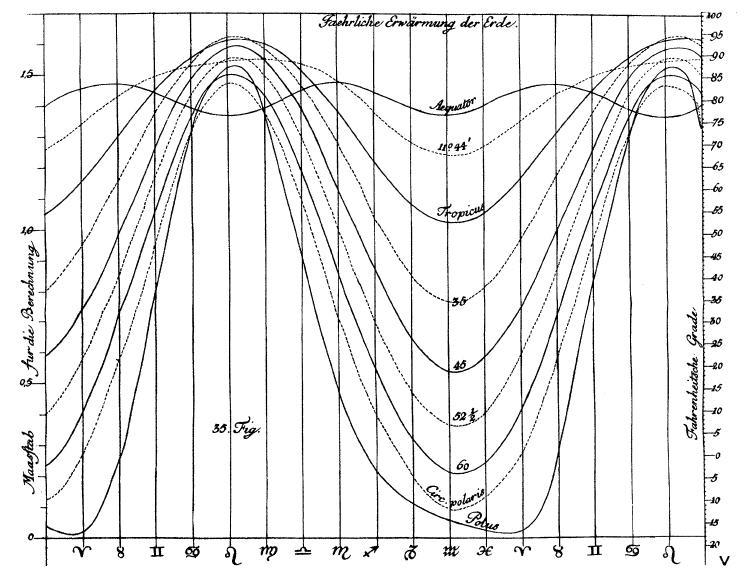
A graph of solar warming vs. lattitude.
Johann Heinrich Lambert 1728 - 1777

Willaim Playfair's trade-balance time-series chart, published in his Commercial and Political Atlas, 1786
What do we use time series methods for? Often, we are trying to do at least one of the following:
HadCRUT4 Annual globally averaged surface temperature, from the Met Office Hadley Centre and Climate Research Unit, UEA.
How do we separate the structure (here the long term trend) and the random noise?
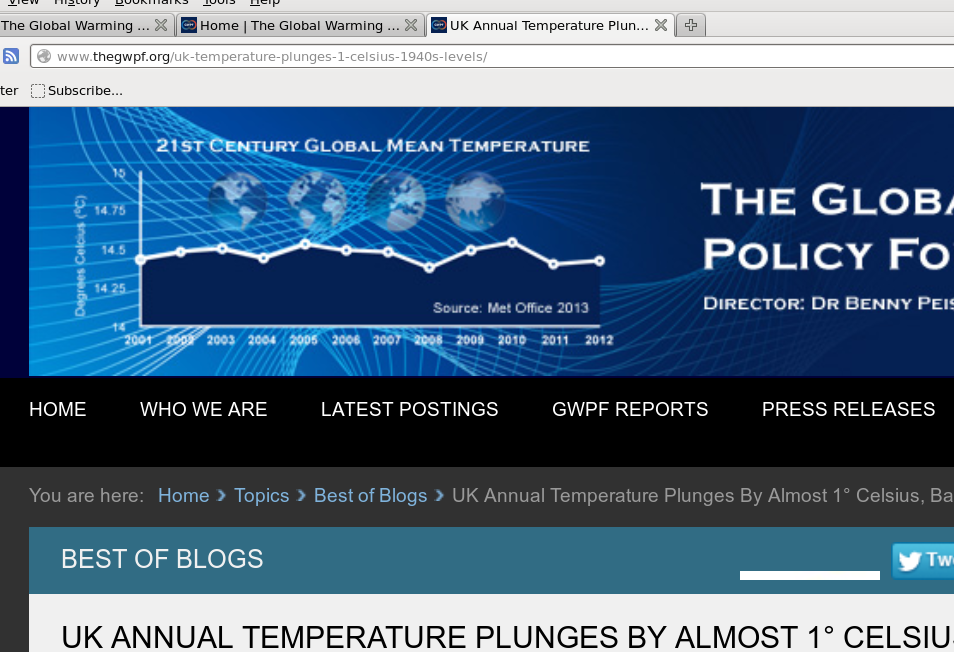
So, what is structure?
And what is random?
And, how does that randomness manifest?
We know there is randomness and uncertainty in the time series. We can use a statistical model to help us understand and predict the system. This usually proceeds:
There are a number of features of time series and concepts that help in the process …
plot(ldeaths)
plot(AirPassengers)
This is the lynx data set, annual numbers of lynx trappings for Canada 1821 - 1934. Regarded as representative of the population.
plot(lynx)
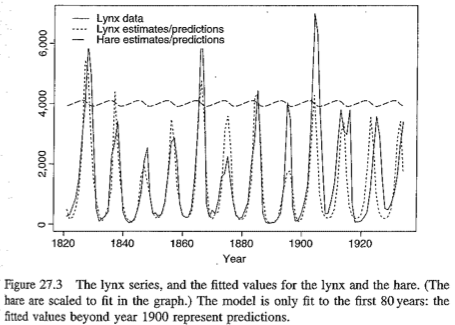

(Graphic from D. Spiegelhalter)
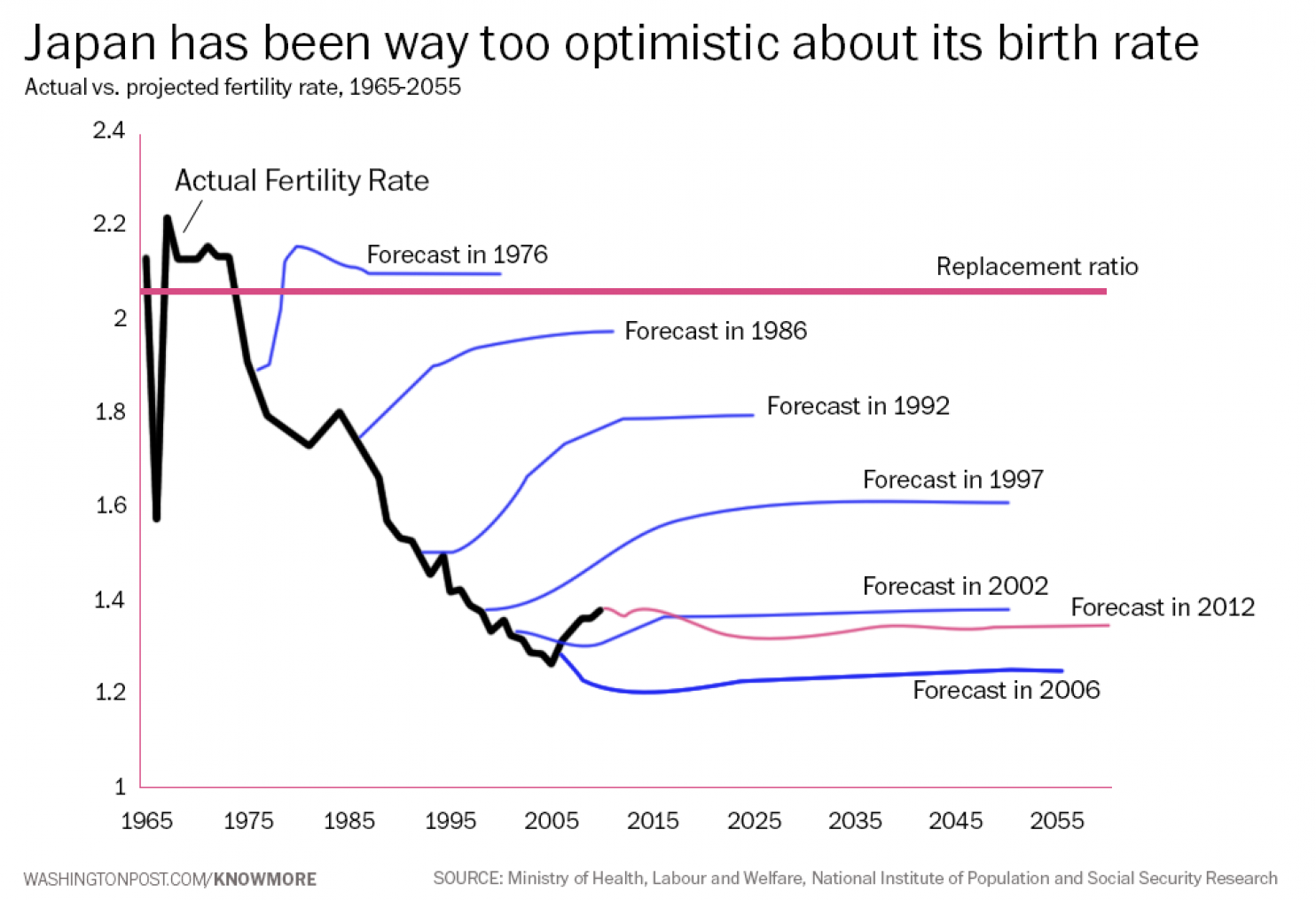

This course takes a practical approach, and should help you: